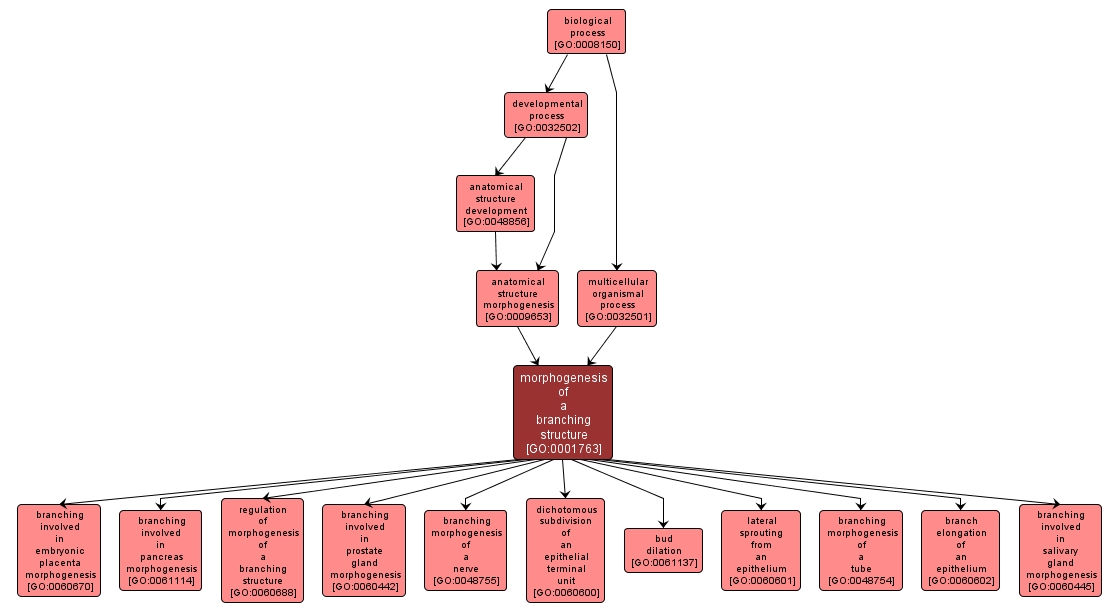| Desc: |
The process by which the anatomical structures of branches are generated and organized. Morphogenesis pertains to the creation of form. A branch is a division or offshoot from a main stem. Examples in animals would include blood vessels, nerves, lymphatics and other endothelial or epithelial tubes. |














